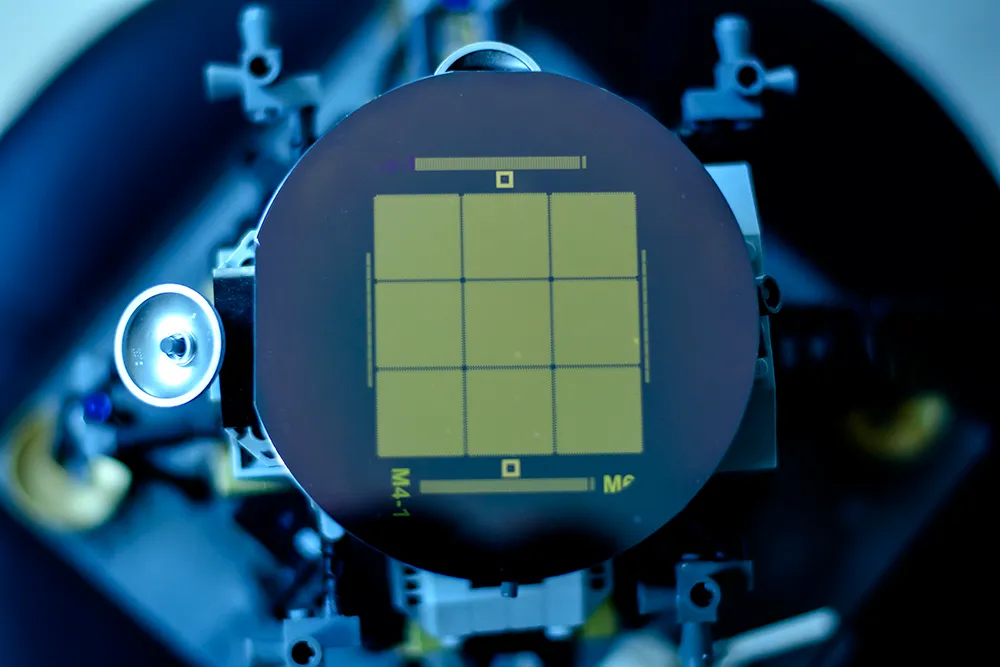Local Processing. Self-Learning. Low-Power. Data Privacy.
The transition from Traditional Computing to Hardware Based-AI
Traditional computing
The current limitation in traditional computing energy consumption, data storage and security
Moore’s Law
For years, our computers have been improving, becoming faster and more powerful,
thanks to Moore’s Law.
This principle suggested that the number of transistors (the tiny switches that make
your computer work) we could fit on a chip would double every two years.
But there’s a problem - we’re reaching the point where we can’t make those transistors
any smaller, and traditional computers aren't getting faster at the same rate.
Von Neumann
At the same time, the design of these computers is based on what’s called the Von
Neumann architecture.
It’s like having a workspace where the data storage is on one side of the room and the
processing unit that does all the calculations is on the other.
There’s a constant back and forth, which takes time and energy.
Neuromorphic computing
What we are building sits at the intersection of foundational AI and hardware while solving the current energy consumption and computing placement needs
This means no more running back and forth, leading to faster and more energy-efficient computers.

Nature is a powerful computer
With abilities far beyond our current technology
For instance, ants display remarkable intelligence, operating in complex colonies and demonstrating problem-solving skills that are both efficient and adaptable. To reach nature's level of computing prowess, we need to learn from these natural systems, facing and overcoming similar challenges.
One key lesson is learning how to create reliable technology from components that might not always be perfect or consistent.
Brain-on-a-chip
We took a different approach, the analog one
Nature complexity
Inspired by nature's complexity, we harness neuromorphic technology's unparalleled efficiency and processing power, ensuring accelerated performance and enhanced energy efficiency in complex computations and data processing.
Learns and evolves
Like the biological brain, it learns and evolves. Unlike traditional computers, it's not limited by the constraints of digital processing.
Instead, it harnesses the power of neuromorphic computing to mimic the complex functioning of the biological brain.
This gives it unparalleled adaptability and performance, considering energy efficiency, pattern recognition, and analog signal processing.